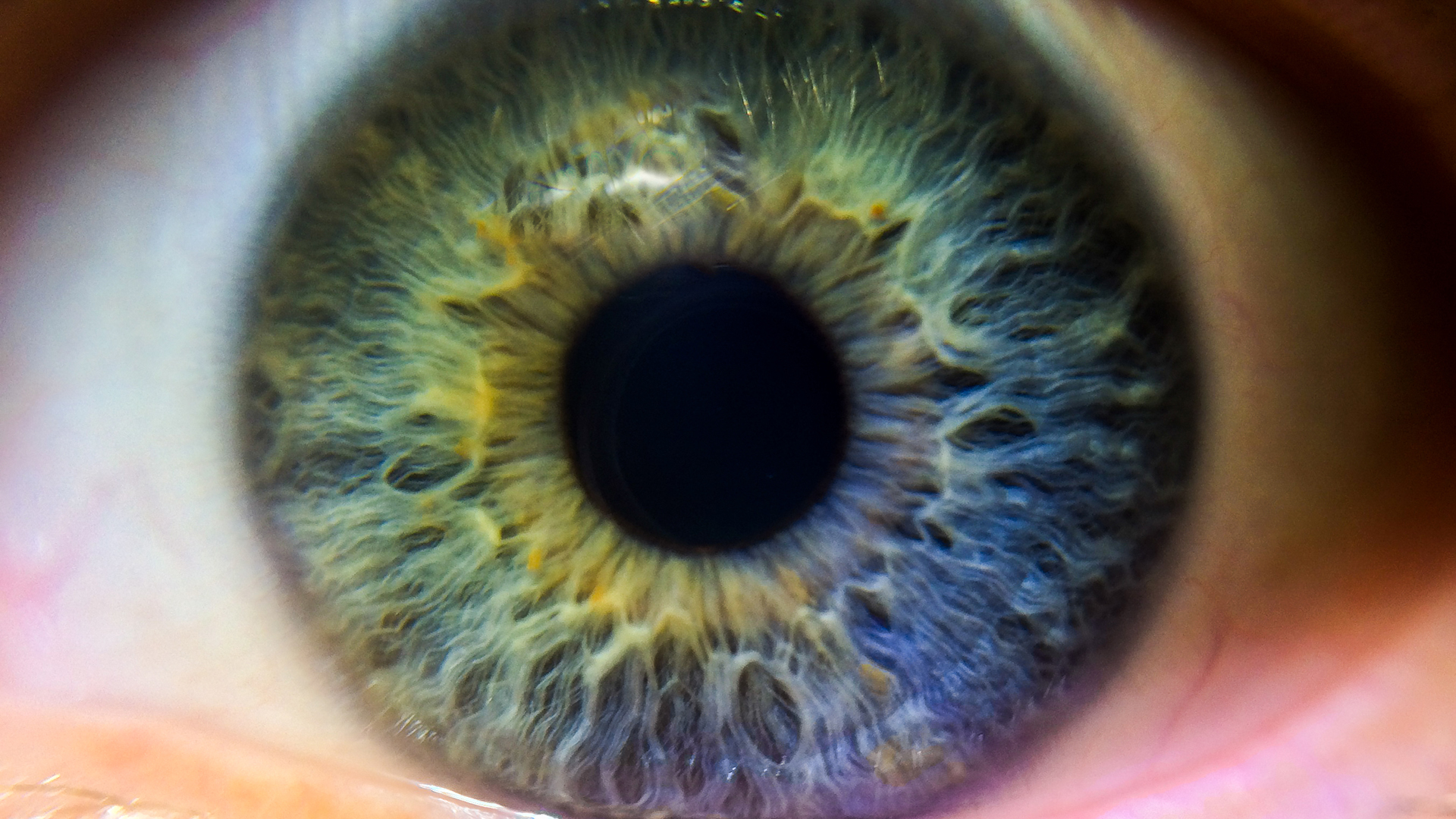What is Selective Laser Trabeculoplasty (SLT) Laser Eye Surgery?

Glaucoma is a fairly common eye problem in adults. In fact, nearly 3 million Americans have glaucoma, and it’s the leading cause of blindness in people over 40 worldwide. Glaucoma is an eye condition in which the optic nerve is progressively damaged and it typically occurs as a result of abnormally high pressure in one or both eyes.
Fortunately, glaucoma can be detected early with an annual eye exam and may be treated with eye drops or medication. However, for some people, eye drops or medications with harsh side effects may not be the best option. For those, Selective Laser Trabeculoplasty (SLT), a type of laser eye surgery in Tampa, may be a valuable option to treat glaucoma.
Related: Types of Glaucoma and Their Treatment Options
How Does Selective Laser Trabeculoplasty Work?
SLT is not the same type of laser surgery used to treat and remove cataracts. Rather, SLT is a procedure for open-angle glaucoma patients who need to lower the intraocular pressure (IOP) in their eyes. For this procedure, an ophthalmologist applies an advanced “cold laser” through a special contact lens on specific areas of the eye that are experiencing increased pressure.
Specifically, the laser energy is applied to selected pigmented tissue, also known as drainage tissue, that “stimulates a biochemical change” and improves the outflow of fluid from the eye. It’s important to remember that SLT is not a cure and will not undo the damage that has already been done, but it can relieve pressure, which may prevent further problems. The results are not immediate, and a patient can expect to experience the full effects of treatment within a month or two after the procedure.
Is Selective Laser Trabeculoplasty Painful?
One of the biggest concerns with any procedure is the pain level and recovery time. SLT is a relatively pain-free procedure with minimal scarring and a fairly short recovery time. The procedure can take less than ten minutes and can be replicated every two to five years when the effects of the treatment start to diminish.
Although many patients who opt for SLT may have already tried eye drop medications, SLT can be an initial treatment option for patients or as a complementary treatment method if eye drop medications do not effectively reduce the pressure in the eye.
Related: Treating Glaucoma With Laser Eye Surgery
Are You a Candidate for SLT?
When visiting your eye doctor in Tampa, it’s important to ask if SLT is right for you. Typically, patients who have primary or secondary open-angle glaucoma and need to lower their intraocular pressure (IOP) are eligible for the procedure. Your eye doctor will make the final determination if you are a candidate. Contact an eye specialist in Tampa with Florida Eye Center today to discuss treatment options, including changes of medication, corrective lenses, or Selective Laser Trabeculoplasty (SLT).
To schedule a consultation with an eye doctor in Tampa at the Florida Eye Center, please request an appointment today.
Disclaimer: The contents of this website are for general educational purposes only. All content and media on the Florida Eye Center website does not constitute professional medical advice nor is the information intended to replace the services provided by the medical professionals at Florida Eye Center or other qualified medical professionals. If you believe you are having a medical emergency, call 911 immediately.
The content, views, and opinions communicated on this website do not represent the views of Florida Eye Center. Reliance on any information provided by this website is solely at your own risk. Although this website contains links to other medical websites, this is strictly for informational purposes. Florida Eye Center is not responsible nor do they approve of the content featured on any third party linked websites referenced on this website.
Additional Resources
To request an appointment, please access the form below or contact our office at (813) 972-4444. While we do our best to accommodate your request, appointment requests made through our website are not guaranteed until confirmed by our office. If this is an emergency, please call 911.

